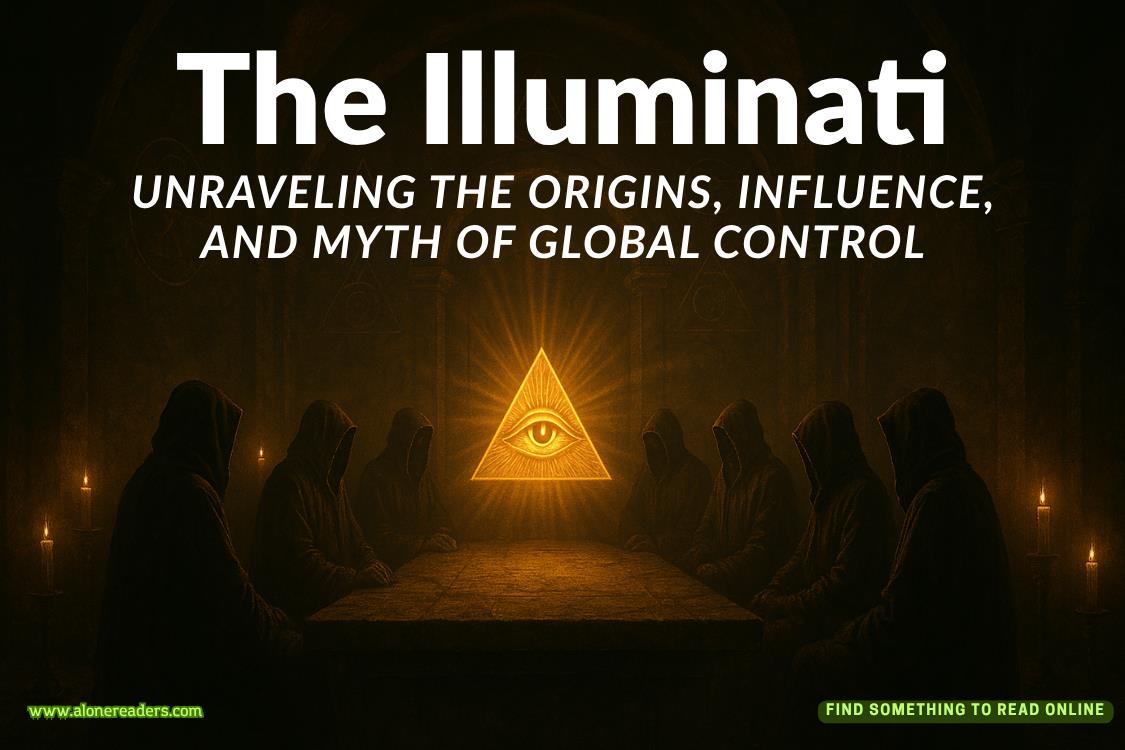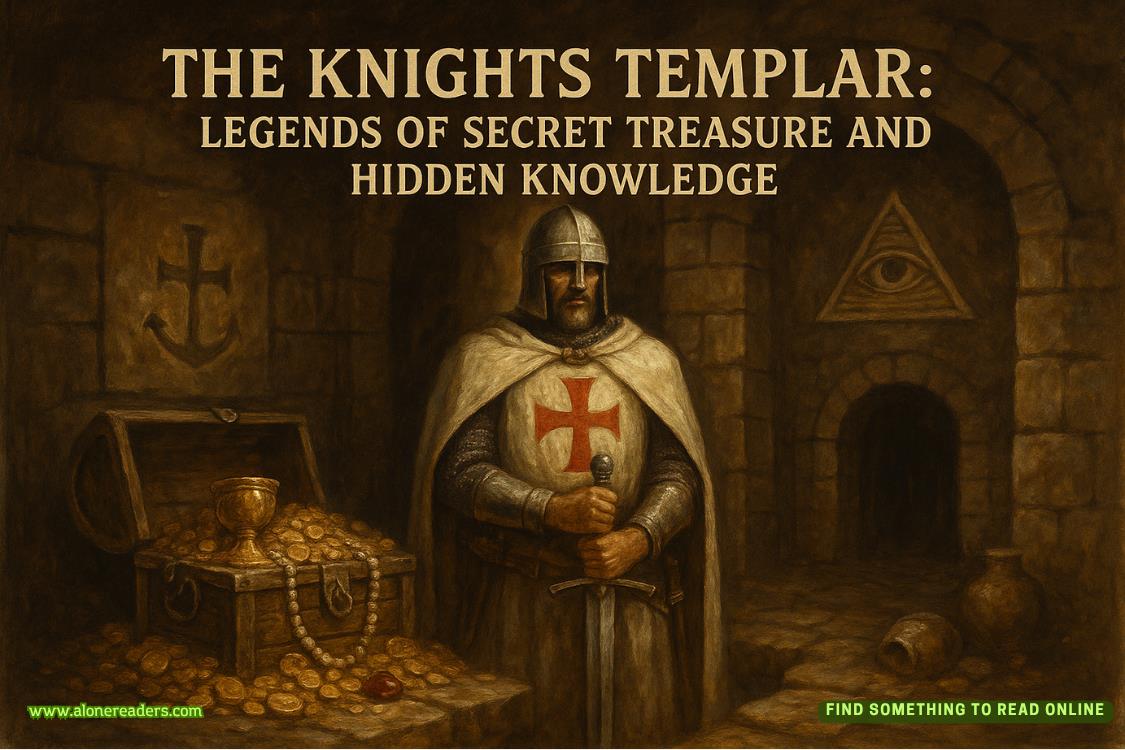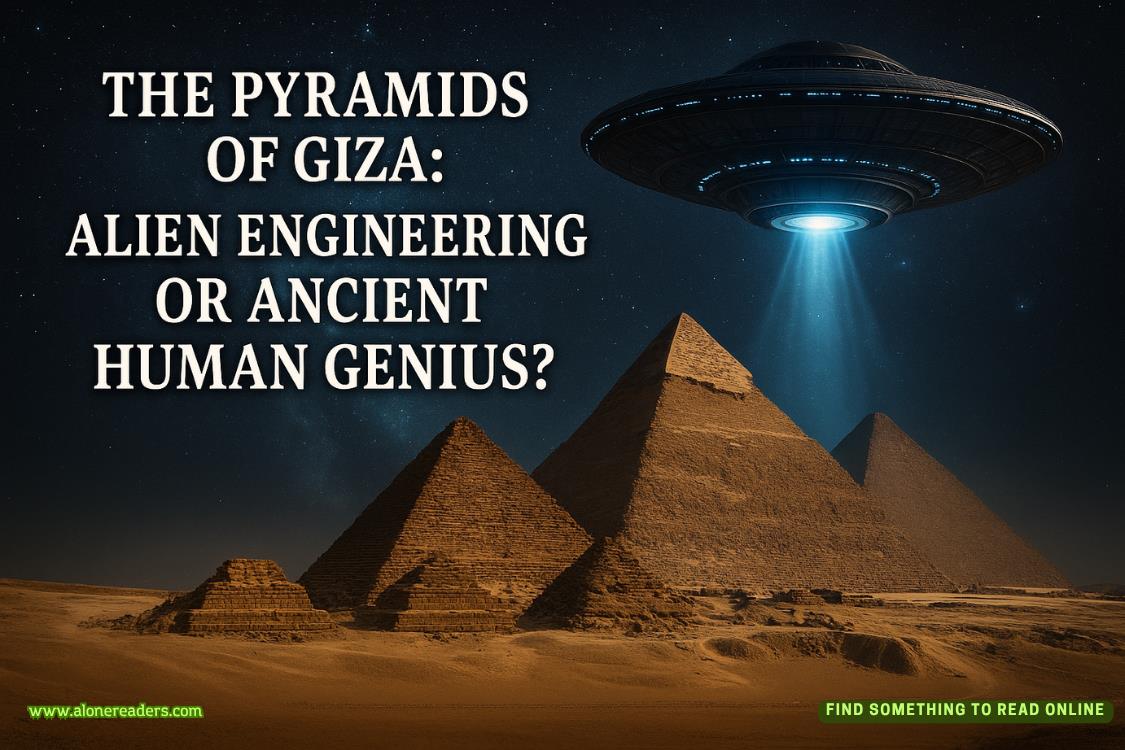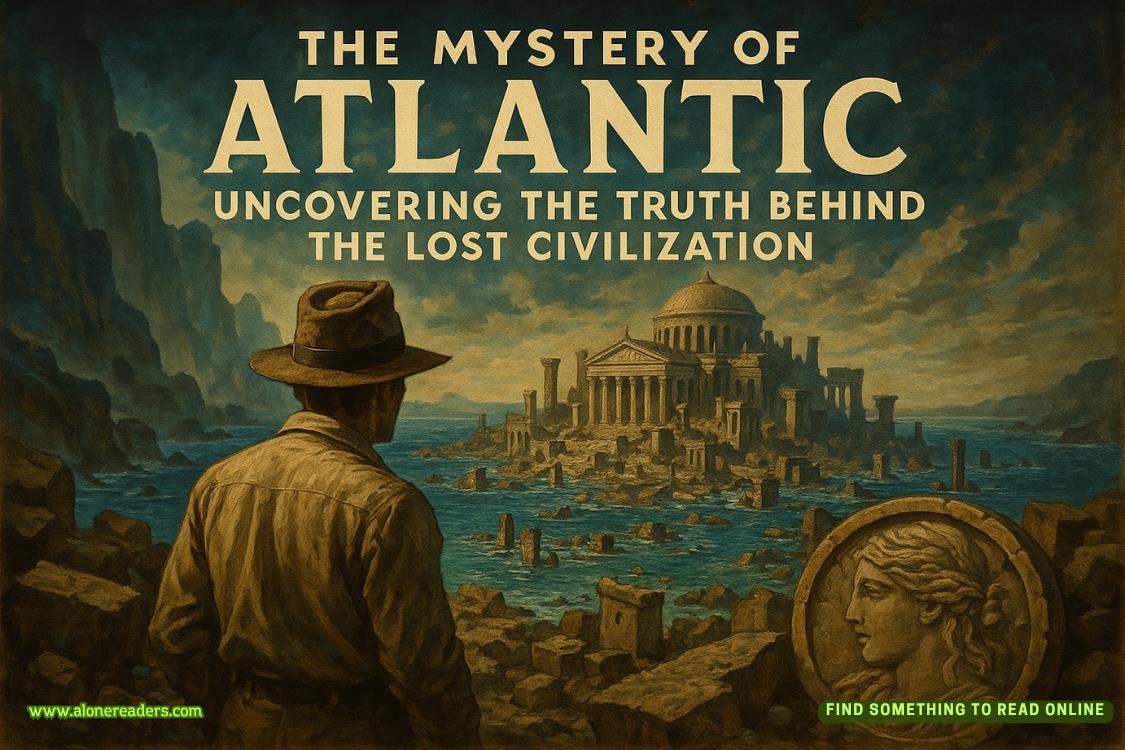Page 83 of Tomb of the Sun King
“Good chat,” Ellie concluded.
“Yes,” Neil agreed, adjusting his spectacles as he turned back to the image of the pharaoh.
Ellie cleared her throat, pushing her attention to the mural as well.
She had always found Hatshepsut desperately intriguing. She wasn’t the only woman to hold the role of pharaoh, but the list was exceedingly short. Hatshepsut had claimed the throne for herself against all precedent and proceeded to rule over Egypt through a period of great prosperity. The notion that Ellie was actually looking upon that ancient ruler’s face—or even a stylized representation of it—struck her powerfully.
“It’s impressive this wasn’t destroyed,” Neil noted.
“What do you mean?”
“Thutmose III, her successor, had most representations of Hatshepsut defaced.” Neil frowned. “Didn’t you know?”
Ellie hadn’t. The realization made her cheeks flush. “But why?”
“It was probably meant as some sort of divine punishment,” Neil replied distractedly, leaning in to study a cartouche.
“Punishment,” Ellie echoed. “For being pharaoh… and a woman.”
Neil cast her an uncomfortable look.
Ellie gazed at the noble, powerful features on the wall, her heart aching with a tumbled mix of emotion she wasn’t quite sure how to name.
“There’s nothing here,” her brother declared.
He was right. As intriguing as the chapel was, it lacked any promising sun disks. Ellie turned to go, even though part of her itched to linger and study every aspect of the artwork.
Outside, the glare of midday blinded her. She shielded her eyes with the brim of her hat until they adjusted.
The upper level of the temple was a sprawl of low ruins. The Germans had spread a blanket out in the center of the sacred courtyard and were snacking on sandwiches.
Where should they look next?
“That message was left in the jewelry box by someone who wanted Neferneferuaten’s story to survive,” Ellie mused aloud. “They would have put it somewhere they thought it would remain safe indefinitely.”
Neil waved a hand over the ruins. “Three-quarters of the superstructure of this temple has been destroyed. Even if they’d put it in a location they thought would be permanent, there’s no guarantee it’s actually still here.”
“The people of the Eighteenth Dynasty would have seen plenty of ruined monuments at places like Saqqara, where relics of the Old Kingdom were already crumbling,” Ellie countered, thinking furiously. “Whoever left that message would know to hide what we’re looking for somewhere that wasn’t going to fall down.”
“We already checked the chapel in the cliff,” Neil reminded her. “And there aren’t any burial shafts here contemporary with Horemheb’s time. Look, I’m as intrigued as you are by the notion of finding another Atenist relic, but you’ve got to at least consider the possibility that this is a dead end.”
Ellie tried not to let his skepticism sting, even though the task of finding what they were looking for felt immense when faced with the sprawl of the temple.
“Hatshepsut wasn’t an Atenist,” Ellie pushed back. “Whoever hid this next clue must have brought it here over a hundred years after her death. If you were hiding an Atenist clue in this temple, where would you have put it?”
Neil frowned, his eyes going a bit distant. “Well—in the sun chapel, I suppose.”
Ellie stared at him in surprise. “What sun chapel?”
“That one over there.” Neil pointed across the courtyard to a narrow opening that framed a set of descending stairs. A flicker of movement at its base caught Ellie’s eye as a skinny, sand-hued cat darted inside.
Ellie didn’t recall seeing anything about a sun chapel in her readings about Hatshepsut’s funerary temple—and Ellie was very good at recalling what she had read. “Was that in one of the excavation reports?”
Neil blinked at her as though coming out of a daydream. “Where else would I have found it?”
The question sounded slightly more bewildered than rhetorical. Ellie frowned thoughtfully at her brother.
“What?” he asked, surreptitiously adjusting his spectacles again.















